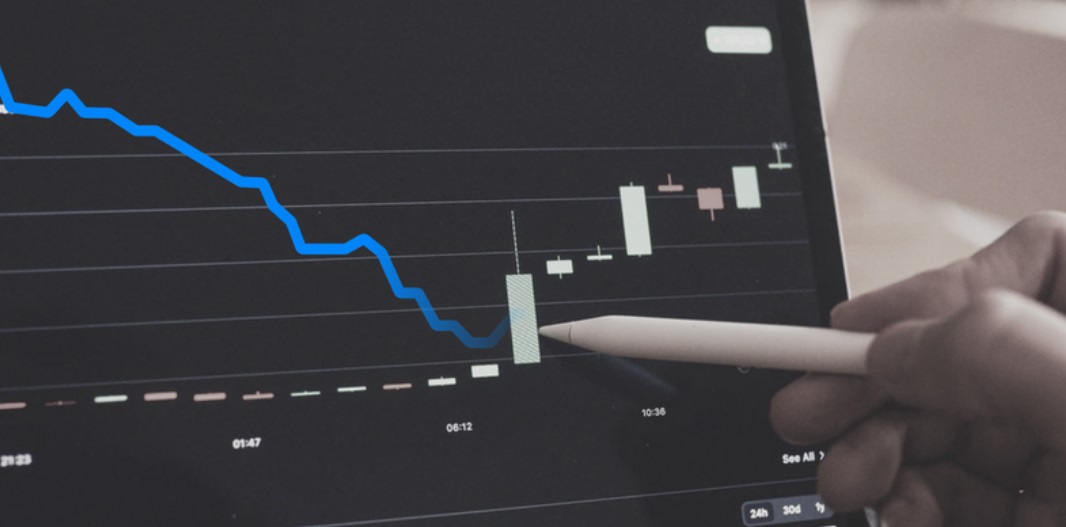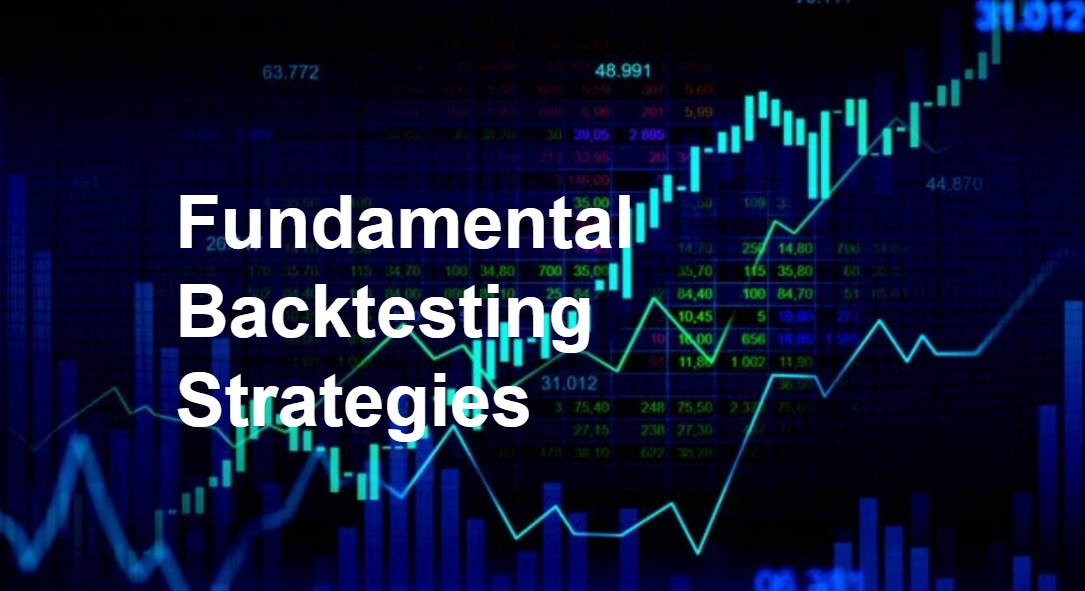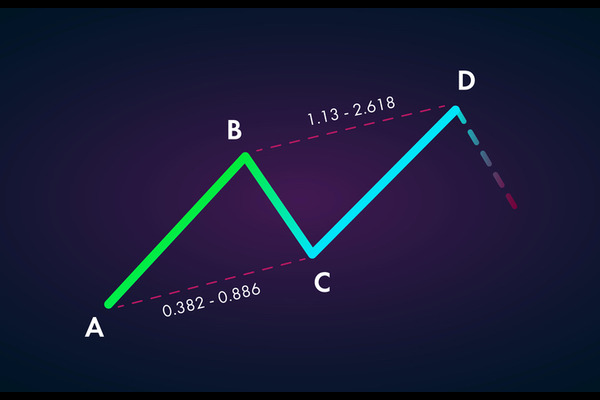Backtesting is one of the most important concepts in the world of trading, yet it can often feel a bit intimidating to newcomers. In simple terms, backtesting is the process of testing a trading strategy using historical data to see how it would have performed in the past. Traders use backtesting to evaluate whether their strategies are likely to be successful in the future based on past market conditions. It's essentially a way of simulating how your trading plan might have fared in real-world scenarios before putting any actual money on the line.

Why is backtesting so crucial? Well, imagine you're about to embark on a new business venture. Wouldn't you want to know if your ideas have worked for others before you dive in? Backtesting offers a similar level of insight but for your trading decisions. By understanding how a strategy might have performed in various market conditions, you can make more informed choices about whether to use it in live trading. Without backtesting, you're essentially entering the market blindfolded.
The real power of backtesting lies in its ability to provide confidence. It allows traders to fine-tune their strategies, spot potential flaws, and, importantly, manage risk. After all, trading without backtesting is like playing a sport without ever practising—your chances of success are much slimmer.
How to Start Backtesting Your Trading Strategy
Now that we know why backtesting is so vital, let's take a look at how to get started. The first thing you need is a trading strategy. This could be anything from a simple moving average crossover strategy to more complex, multi-factor models. If you don't already have one, it's a good idea to start with something straightforward while you get the hang of the backtesting process.
Once you've got your strategy, you'll need to gather historical data. This is the data that represents past market conditions (prices, volume, etc.) and forms the foundation for your backtest. The more accurate and detailed your data, the better your backtest results will be. Many trading platforms and data providers offer historical data, but make sure you're using high-quality, clean data to avoid misleading results.

Next, you'll need a backtesting platform or software. There are a range of options available, from free tools like MetaTrader to more advanced platforms like TradingView or NinjaTrader. These platforms allow you to input your strategy, apply it to historical data, and see how it would have performed.
Once everything is set up, the actual backtesting process is fairly simple. You input your trading rules—such as when to enter or exit trades—and let the software run the strategy against the historical data. The backtest will then generate a series of results that show you how the strategy would have performed, including metrics like profit, loss, drawdown, and win rate.
While backtesting software can do much of the heavy lifting, it's important to stay engaged with the process. Monitor the results, and make sure the strategy is functioning as you expect it to. The goal is to gain insights into how the strategy behaves in different market conditions, so be sure to analyse any discrepancies carefully.
Understanding the Timeframes and Parameters for Effective Backtesting
When you're backtesting a trading strategy, the timeframes and parameters you choose can have a significant impact on the results. Let's break these down a little more.
Timeframes: Backtesting isn't just about plugging in a strategy and seeing what happens. The timeframes you select for the backtest play a huge role in shaping the outcome. For instance, a strategy that works well on a daily chart might not be as effective on an hourly chart. When deciding on a timeframe, think about your trading style. Are you a long-term trader, or do you prefer short-term trades? Backtesting over the appropriate timeframe for your strategy is essential to getting meaningful results.
Parameters: Parameters refer to the specific rules and conditions you apply to your strategy. For example, if you're using a moving average crossover strategy, your parameters could include the period of the moving averages or the type of moving averages you use (simple vs exponential). Choosing the right parameters can make or break a backtest, so it's essential to experiment with different settings. Don't be afraid to test multiple combinations to see what works best.
The key is to find a balance. Too many parameters might lead to overfitting, where your strategy works perfectly in the backtest but fails in real life. Too few parameters could result in a strategy that's too simple to be effective. A well-optimised strategy should have the right parameters for the market conditions you expect to encounter.
Common Pitfalls in Backtesting and How to Avoid Overfitting
While backtesting is an incredibly valuable tool, there are some common pitfalls that traders should be wary of. One of the biggest dangers is overfitting. Overfitting occurs when a strategy is tailored too closely to historical data, making it appear highly successful in the past but unsuitable for future market conditions.
Overfitting happens when a strategy is overly complex or fine-tuned to past data, making it less adaptable to new, unseen data. It's like building a car that works perfectly on a track, but when you try to drive it on the road, it falls apart. To avoid overfitting, it's important to test your strategy on different periods of data, including both bull and bear markets. If your strategy performs well across a variety of market conditions, it's less likely to be overfitted.
Another common pitfall is lookahead bias. This occurs when the backtest mistakenly assumes that traders had access to future data. For example, if a strategy depends on an event like an earnings report, you wouldn't have known about it until the report was released in real time. If you mistakenly use this future information in your backtest, you're not testing the strategy in a realistic manner.
The best way to avoid lookahead bias is to only use the data that would have been available to a trader at the time the trades were made. Be sure to check for any leaks in your data that might give you an unfair advantage during backtesting.
Interpreting Backtest Results: What Do the Metrics Really Tell You?
Once you've completed your backtest, the next step is interpreting the results. The metrics generated by the backtest will give you insights into how the strategy performed, but it's essential to understand what each of these numbers means.
Profitability: This is often the first metric traders look at. It tells you how much profit your strategy would have generated over the backtest period. However, it's important to consider profitability in conjunction with other metrics, like drawdown and risk-adjusted returns. A high-profit strategy might come with high risk, so always evaluate the full picture.
Drawdown: This refers to the largest peak-to-trough decline in the value of a portfolio during the backtest. A strategy with a high drawdown might indicate a riskier approach, which could be a concern if you're looking to preserve capital. Aim for a strategy that has a manageable drawdown, especially if you're risk-averse.
Win rate: The win rate is the percentage of trades that were profitable. While a high win rate might sound appealing, it's not the whole story. Sometimes, a strategy with a lower win rate but higher average profits per trade can be more successful in the long run.
Risk-adjusted return: This metric helps you understand how much profit you're making relative to the risk you're taking. A good strategy should offer a solid risk-adjusted return, meaning you're earning a fair amount for the level of risk you're assuming.
Interpreting these metrics correctly is vital for making informed decisions about your strategy. Don't get too caught up in one particular number; always consider the overall picture. And remember, backtesting results can't predict the future, but they can help you make better, more informed decisions as you move forward.
By following these steps, understanding the nuances of backtesting, and avoiding common pitfalls, you can refine your trading strategies, improve your chances of success, and feel more confident when trading in live markets. Backtesting is an invaluable tool that, when used properly, can help you become a more informed and strategic trader.
Disclaimer: This material is for general information purposes only and is not intended as (and should not be considered to be) financial, investment or other advice on which reliance should be placed. No opinion given in the material constitutes a recommendation by EBC or the author that any particular investment, security, transaction or investment strategy is suitable for any specific person.








